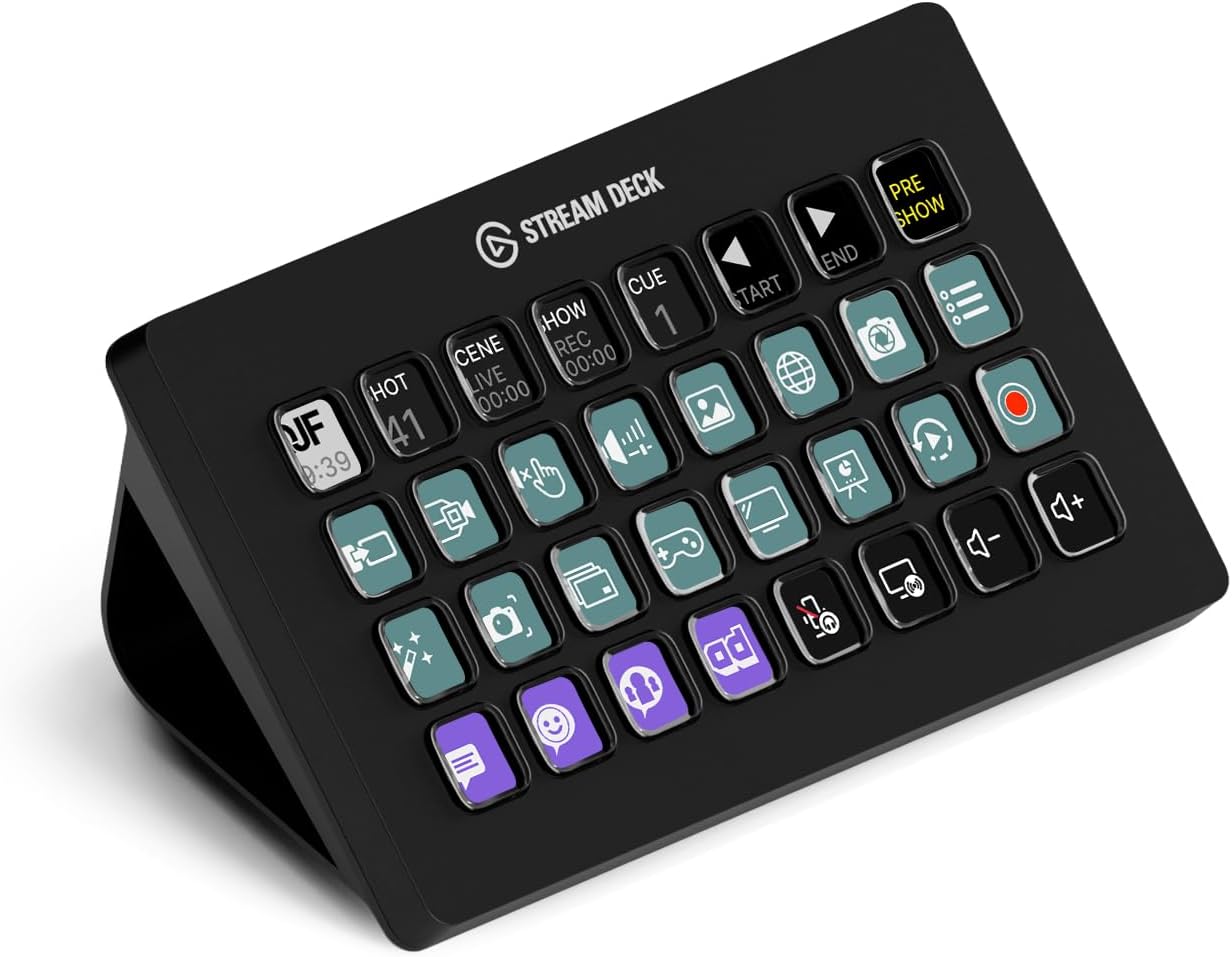Bio
Herbert Jeffrey Hancock (born April 12, 1940) is a jazz pianist and composer from Chicago, Illinois, USA. Hancock is one of jazz music's most important and influential pianists and composers. He embraced elements of rock, funk, and soul while adopting freer stylistic elements from jazz.
As part of Miles Davis's "second great quintet" Hancock helped redefine the role of a jazz rhythm section, and was later one of the first jazz musicians to embrace synthesizers and hip hop. Yet for all his restless experimentalism, Hancock's music is often melodic and accessible; he has had many songs "crossover" and achieve success among pop audiences.
Hancock's best-known solo works include "Cantaloupe Island", "Watermelon Man" (first on 1963's Takin' Off, then on 1973's Head Hunters and later perfomed by dozens of musicians, including bandleader Mongo Santamaria), George Gershwin's "Summertime", and the single "Rockit."
Early life and career
Like many jazz pianists, Hancock started with a classical music education; Hancock studied from age seven. His talent was recognized early, and he played the first movement of a Mozart concerto at a young peoples concert with the Chicago Symphony at age eleven.
Through his teens, Hancock never had a jazz teacher. Instead, around college age, Hancock grew to like jazz after hearing some Oscar Peterson and George Shearing recordings, which he transcribed on his own time, and which developed his ear and sense of harmony. Hancock also listened to other pianists, including McCoy Tyner, Wynton Kelly and Bill Evans. He also liked recordings by Miles Davis, John Coltrane and Lee Morgan.
Donald Byrd hired Hancock in 1961, and the pianist quickly earned a reputation. He recorded his first solo album for Blue Note Records in 1962, it was the first of dozens of albums Hancock would lead in the coming decades.
Miles Davis quintet
Hancock received considerable attention when, in 1963, he joined Miles Davis's "second great quintet". This new band was basically Miles Davis surrounded by fresh, new talent. Davis personally sought out Hancock, then one of the most promising talents in jazz. The rhythm section Davis organized was young but effective, comprising bassist Ron Carter, seventeen year old drummer Tony Williams, and Hancock on piano. After Sam Rivers then George Coleman passed through quickly, the quintet would gel with Wayne Shorter on tenor saxophone. This quintet is often regarded as one of the finest jazz ensembles, and the rhythm section has been especially praised for their innovation and flexibility.
The second great quintet is the place where Hancock found his own unique voice as a master of jazz piano. Not only did he find new ways to use common chords, he also popularized chords then-rarely used in jazz. Hancock also developed a unique taste for "orchestral" accompaniment with stark contrasts then unheard of in jazz (listen to one of the famous live versions of "My Funny Valentine" recorded by the quintet).
With Williams and Carter he would weave a labyrinth of rhythmic intricacy on, around and over existing melodic and chordal schemes. In the latter half of the sixties their approach would be so sophisticated and unorthodox that conventional chord changes would hardly be discernable, hence their improvisational concept would somewhat inaccurately be called "Time, No Changes".
In 1969, Hancock left Davis's band to form his own sextet, although he was formally kicked out under the pretext that he was late coming back from a honeymoon in Brazil. Davis would soon disband his quartet to search for a new sound himself. Herbie Hancock would occasionally appear on records by the "electric" Miles Davis bands.
Hancock was fascinated with accumulating musical gadgets and toys. Together with the profound influence of Davis's Bitches' Brew, this fascination would culminate in a series of albums in which electronic instruments are coupled with acoustic instruments.
Hancock's first ventures into electronic music started with a sextet comprised of Hancock, drummer Billy Hart and bassist Buster Williams, and a trio of adventurous horn players: Eddie Henderson (trumpet), Julian Priester (trombone), and multireedist Bennie Maupin. Dr. Patrick Gleeson was eventually added to the mix to play and program the synthesizers.
The sextet made three experimental albums under Hancock's name : Mwandishi (1970), Crossings (1971) and Sextant (1973); two more, Realization and Inside Out were recorded under Henderson's name with essentially the same personnel. The music often had very free improvisations and showed influence from the electronic music of some contemporary classical composers.
These three records became later known as the "Mwandishi" albums, so-called after a Swahili name Hancock sometimes used during this era (Mwandishi is Swahili for writer). The first two were reissued on individual CDs, but are also available on the 2-CD set Mwandishi: the Complete Warner Bros. Recordings (also on the set is the album Fat Albert Rotunda, a very early example of jazz-funk). Of these three albums Sextant is probably the most experimental: the Moog and Arp synthesizers are used in revolutionary ways that still sound fresh today; some extremely advanced improvisation is found on the tracks "Hornets" and "Hidden Shadows" (which is in the meter 19/4).
Among the instruments Hancock utilized were Fender Rhodes piano, ARP Odessey, ARP Pro-Soloist Synthesizer and the Minimoog. He was one of the first mainstream musicians to use an Apple computer in creating music in the early 1980s.
After the sometimes "airy" and decidely experimental "Mwandishi" albums, Hancock was eager to perform more "earthy" and "funky" music. He gathered a new band, which he called The Headhunters, keeping only Maupin from the sextet. The album Head Hunters released in 1973, was a major hit, and crossed over to pop audiences, though it prompted criticism from some jazz fans.
Despite charges of "selling out," later ears have regarded the album well: "Head Hunters still sounds fresh and vital two decades after its initial release, and its genre-bending proved vastly influential on not only jazz, but funk, soul, and hip-hop." Allmusic.com entry (http://www.allmusic.com/cg/amg.dll?p=amg&sql=10:3y61mped9f5o~T1)
Hancock released several more albums with The Headhunters in the 1970s. The group had disbanded by 1980, then reunited in 1998 for another album.
In 1982, Hancock had a mainstream hit with the Grammy-award winning instrumental single "Rockit" from the album Future Shockperhaps the first mainstream single to feature scratchingwhich also featured an innovative animated music video with a breakdancing robot. This single ushered in a collaboration with noted bassist and producer Bill Laswell where Hancock experimented with electronic music on a string of three LPs produced by Laswell, Future Shock (1983), Sound System and Perfect Machine. During this period, he appeared onstage at the Grammy awards with Stevie Wonder, Howard Jones, and Thomas Dolby, in a famous synthesizer jam.
In 1986 Hancock played and acted in the film 'Round Midnight. He also wrote the score, for which he won an Academy Award for Original Music Score. Often he would write music for TV commercials. Maiden Voyage, in fact, started out as a cologne advertisement. He also wrote the theme music to Bill Cosbys show, Fat Albert.
Hancock has remained active in music. 1995's The New Standard found him interpreting pop songs by Nirvana, Stevie Wonder, The Beatles and others. He revisited his tenure with Davis with a quintet including Michael Brecker and Roy Hargrove. Hancock's experimentalism continues: Dis Is Da Drum (Verve,1995) featured new hip hop sounds, and 2001's Future 2 Future (again a collaboration with Laswell) had doses of electronica. In 2004, he appeared in Gang Starr member Guru's album, Jazzmatazz, Vol. 3 (Streetsoul).
Hancock is a Buddhist, and writes about the influence Buddhism has had on his life and his music in the introduction he wrote to the nonfiction bestseller The Buddha In Your Mirror. As a youngster, he also had an interest in electrical engineering.
Appearances
Wah Wah Watson - Elementary (1976)
(Oberheim Polyphonic synthesizer and Rhodes electric piano, EMI Syn-Key)












